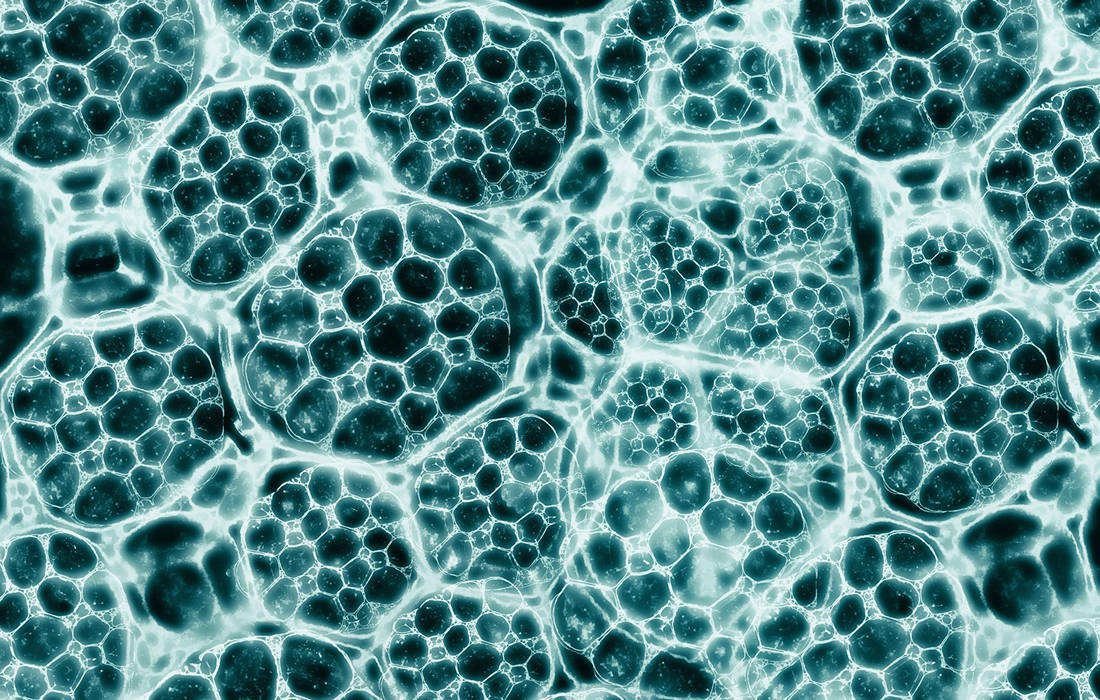Regenerative Medicine News and General Information
New Biomaterial Heals Tissues from the Inside Out
There are an estimated 785,000 new heart attack cases in the United States each year, and there is no established treatment for repairing the resulting damage to cardiac tissue. After a heart attack, scar tissue develops, which diminishes muscle function and can lead to congestive heart failure
A new biomaterial that can be injected intravenously, reduces inflammation in tissue and promotes cell and tissue repair
The team wanted to develop a treatment that could be administered immediately after a heart attack. This meant developing a biomaterial that could be infused into a blood vessel in the heart at the same time as other treatments such as angioplasty or a stent, or injected intravenously.
One advantage of the new biomaterial is that it gets evenly distributed throughout damaged tissue, because it’s infused or injected intravenously. By contrast, hydrogel injected via a catheter remains in specific locations and doesn’t spread out.
How the biomaterial is made
Researchers in Christman’s lab started with the hydrogel they developed, which was proven to be compatible with blood injections as part of safety trials. But the particle size in the hydrogel was too big to target leaky blood vessels. Spang, then a Ph.D. student in Christman’s lab, solved this issue by putting the liquid precursor of the hydrogel through a centrifuge, which allowed for sifting out bigger particles and keeping only nano-sized particles. The resulting material was put through dialysis and sterile filtering before being freeze dried. Adding sterile water to the final powder results in a biomaterial that can be injected intravenously or infused into a coronary artery in the heart.
How it works
Researchers then tested the biomaterial on a rodent model of heart attacks. They expected the material to pass through the blood vessels and into the tissue because gaps develop between endothelial cells in blood vessels after a heart attack.
But something else happened. The biomaterial bound to those cells, closing the gaps and accelerating healing of the blood vessels, reducing inflammation as a result. Researchers tested the biomaterial in a porcine model of heart attack as well, with similar results.
The team also successfully tested the hypothesis that the same biomaterial could help target other types of inflammation in rat models of traumatic brain injury and pulmonary arterial hypertension. Christman’s lab will undertake several preclinical studies for these conditions.
While the majority of work in this study involved the heart, the possibilities of treating other difficult-to-access organs and tissues can open up the field of biomaterials/tissue engineering into treating new diseases. One major reason we treat severe coronary artery disease and myocardial infarction is to prevent left ventricular dysfunction and progression to congestive heart failure.This easy-to-administer therapy has the potential to play a significant role in our treatment approach.
SOURCE:
Martin T. Spang, Ryan Middleton, Miranda Diaz, Jervaughn Hunter, Joshua Mesfin, Alison Banka, Holly Sullivan, Raymond Wang, Tori S. Lazerson, Saumya Bhatia, James Corbitt, Gavin D’Elia, Gerardo Sandoval-Gomez, Rebecca Kandell, Maria A. Vratsanos, Karthikeyan Gnanasekaran, Takayuki Kato, Sachiyo Igata, Colin Luo, Kent G. Osborn, Nathan C. Gianneschi, Omolola Eniola-Adefeso, Pedro Cabrales, Ester J. Kwon, Francisco Contijoch, Ryan R. Reeves, Anthony N. DeMaria, Karen L. Christman. Intravascularly infused extracellular matrix as a biomaterial for targeting and treating inflamed tissues. Nature Biomedical Engineering, December 22, 2022; DOI: 10.1038/s41551-022-00964-5
IMAGE:

